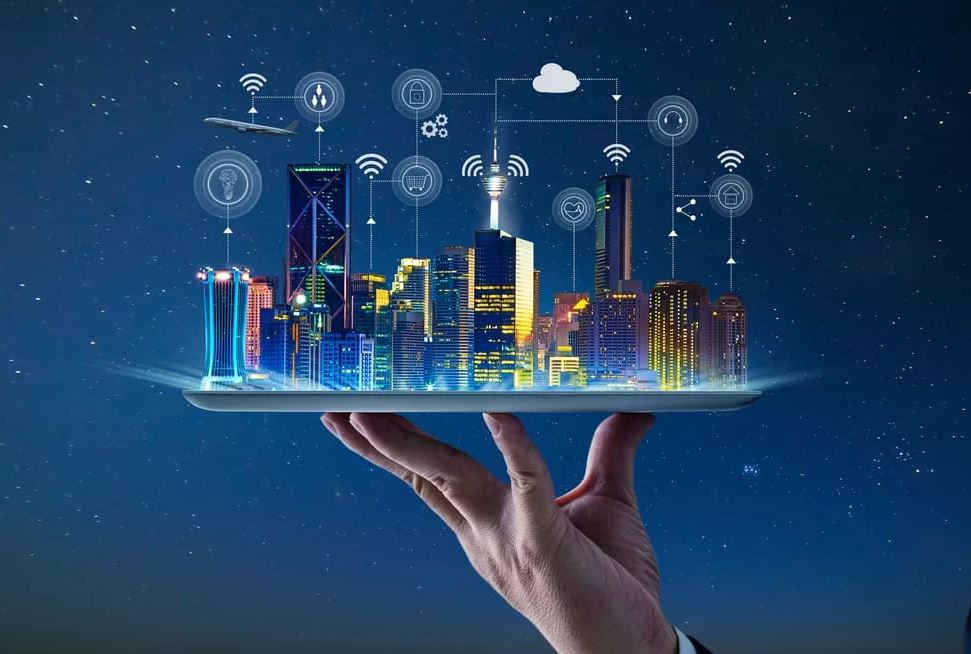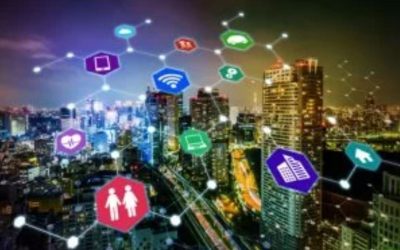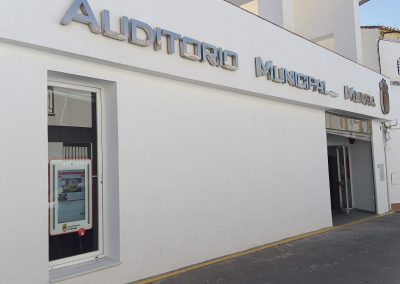What is a smart city?

First things first: a smart city is a city that uses technology and data to optimise resource management and improve quality of life.
In a Smart City, infrastructure systems and public services are efficiently and sustainably connected and managed, allowing for better urban planning and greater responsiveness to the needs of the population.
Smart cities, in fact, use technologies like sensors, communication networks and data analysis to collect specific information about the city, such as traffic, air quality and energy use.
This information is then used to improve safety, mobility, energy efficiency and other aspects of urban life.
Most of all, smart cities also seek to involve citizens in city decision making and management, encouraging citizen engagement and transparency in decision making.
Have you heard of a smart city before?
According to UN figures, there were about five billion people in the world 20 years ago; today the world has a population of over 7.5 billion people, a number that is growing day by day.
Additionally, by 2050, more than 70% of the world’s population is expected to live in cities, leading to an increase in energy consumption, pollution, water needs, and so on.
This is why more and more cities are committed to becoming a smart city, but… What is a smart city?

“The smart city concept is the holistic approach to cities that use ICT to improve inhabitants’ quality of life and accessibility and ensures consistently improving sustainable economic, social and environmental development”.
In other words… the future belongs to the cities. This is why we use the term smart city when we talk about cities that are have technological and innovative potential, with the aim of being sustainable, liveable and efficient, improving citizens’ quality of life in turn.
Smart cities apply ICT (information and communication technologies) to manage and provide services in areas such as economics, politics, the environment, culture, education, etc.
This is why the smart city concept has grown in popularity and its meaning has expanded to become a complex term, with “smart” evolving to become more than just a philosophy unique to metropolises.
1.1. DEFINITION OF THE SMART CITY MODEL
Each municipality has its own characteristics as well as a unique value, and the goal is therefore to enhance this unique value or to fill in the features of the smart city that are missing in the current structure. Some examples of these kinds of initiatives include:
. Environmental sustainability:: those municipalities with predominantly green areas or with high pollution rates.
. Improving the lives of disadvantaged groups:: investing in telecare for ageing populations, for example, or in more rural areas that have less infrastructure.
. Tourism: enhance the tourist experience and build tourist loyalty by providing digital services such as apps and digital information points in their language.
. Transparency and citizen engagement: Madrid, which has opted for a citizen platform to ask residents about the future of their city, is a good example.
. Mobility: improving public transport, controlling traffic jams and creating more efficient routes and reduce consumption.
1.2. SCOPE AND ATTRIBUTES OF A SMART CITY
The first report that outlined the attributes required for a city to be considered as smart city is the report by the European Parliament’s Directorate-General for Internal Policies in January 2014 called “Mapping Smart Cities in the EU”.
Thus, a smart city is one with
at least one initiative addressing one or more of the following characteristics:
Smart Economy, Smart People, Smart Mobility, Smart Environment, Smart Governance, Smart Living and Smart Tourism.

The proposed model is based on these areas.
1. SMART ENVIRONMENT:
Focusing primarily on the efficient and sustainable management of the city’s resources, a sustainable environment must include measures designed to guarantee:
– The balanced development of infrastructures.
– That citizen needs are met.
– Environmental protection.
2. SMART MOBILITY:
It aims to improve mobility and transport and accessibility in the city, encompassing integrated and interconnected systems of efficient and sustainable public transport.
3. SMART GOVERNANCE:
It is geared towards an open and transparent government, which relies on technology to ensure quality and efficient services and activities, effectively covering the interests of citizens, social organisations, businesses and administrations.
4. SMART PEOPLE:
It brings together aspects related to the development of employability and economic and financial growth, and aims to increase the productivity of these processes through efficiency and by developing new innovative business models.
5. SMART PEOPLE:
Aimed at enhancing the city’s social and human capital, encompassing the sub-areas of: citizen collaboration and digital inclusion.
A smart society must be based on fostering citizens’ education, respect and social inclusion.
6. SMART LIVING:
It aims to increase citizens’ quality of life and lifestyle in physical, material and social terms, improving innovation, education, social cohesion and human collaboration.
7. SMART TOURISM:
Last but not least, smart tourism should be mentioned as a way to address and understand any tourist registration or interaction at every stage: Who are the tourists or “buyer personas” that are interested in your destination? What are they interested in?
You can manage all of this through a tourism CRM that you can leverage to get visitors’ contact information and build loyalty.
Have any questions?
We’re here to help.
Remember: Consultations are free. We’ll get back to you in 24 business hours.


